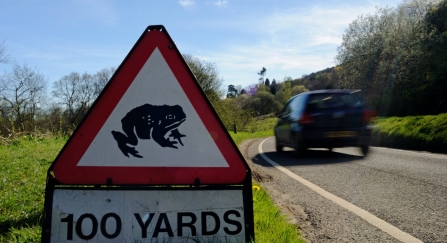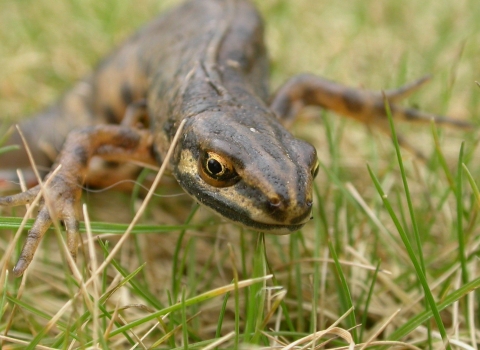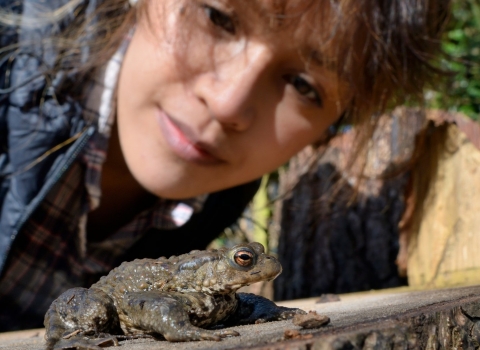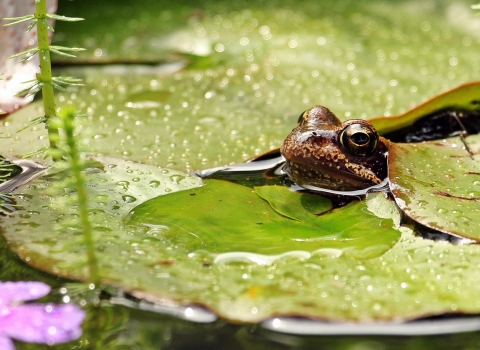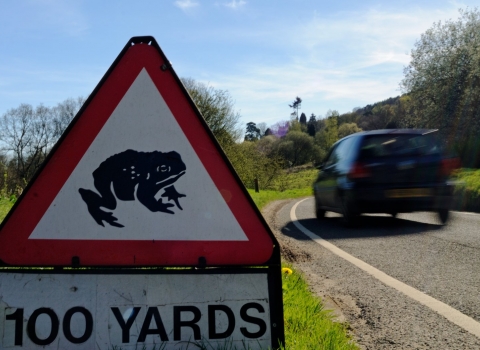Toads are my favourite, but don’t tell frogs
I have had a passion for toads for many years and love them for all kinds of reasons, but when a big part of your job is connecting people with wildlife, it’s great to find an animal that sits still long enough to be scrutinised by a young person (this is definitely not a frog’s strong point)
They are majestic - they have a regal pose; tough - they can walk more than three miles to reach their breeding pond in spring migration, and have beautiful coppery metallic eyes. Also, if you tweak a boy toad’s bottom in spring, it chirps (not endorsing toad molestation!)










